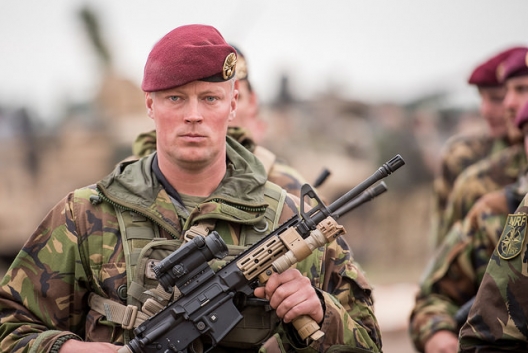 Nato’s new “spearhead” rapid reaction force could not be deployed in eastern Europe if there was a war with Russia, according to the alliance’s own military assessments.
Nato’s new “spearhead” rapid reaction force could not be deployed in eastern Europe if there was a war with Russia, according to the alliance’s own military assessments.
The “Very High Readiness Joint Task Force”, [VJTF] the 5,000-strong centrepiece of the 2014 Nato summit and the package of measures it produced to counter Russian aggression, would be too vulnerable during its deployment phase to be used in Poland or the Baltic States, two senior Nato generals with close knowledge of the alliance’s logistical and military planning told the Financial Times.
Russia’s decision to dramatically build up its forces in Kaliningrad — the Baltic enclave between Poland and Lithuania — and substantial military assets in its border territories mean the VJTF would be at risk of being overrun before it was even ready to fight if it tried to set up “east of the Oder [the line of Germany’s eastern border]”, says one of the generals.
The rapid reaction force’s shortcomings are understood to be one of the main reasons why the alliance has decided to base greater numbers of troops permanently along its eastern flank….
One of the measures being considered is the basing of four battalions, each contributed by a single Nato member, in the three Baltic states of Estonia, Latvia and Lithuania, as well as Poland. According to one senior Polish diplomat, the measure is the “absolute minimum” that is needed….
“The VJTF is to deal with Article 4 [situations] and that is our intention with it,” said Brigadier General Krzysztof Krol, the Polish deputy commander of Nato Multi-National Corps North East. “[But] we take [Article 5] into account in all our planning.”
Image: Noble Jump exercise for NATO's VJTF, June 18, 2015 (photo: Erik Morren/MNCE/NATO)
